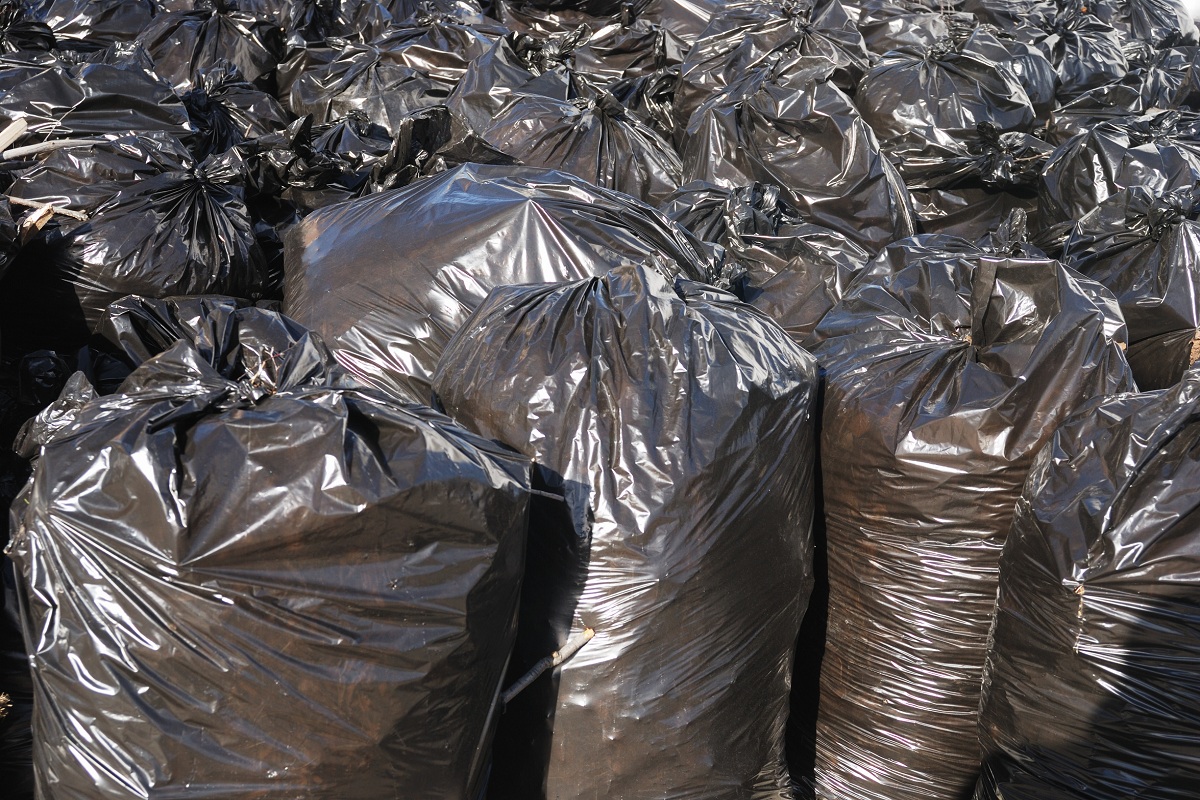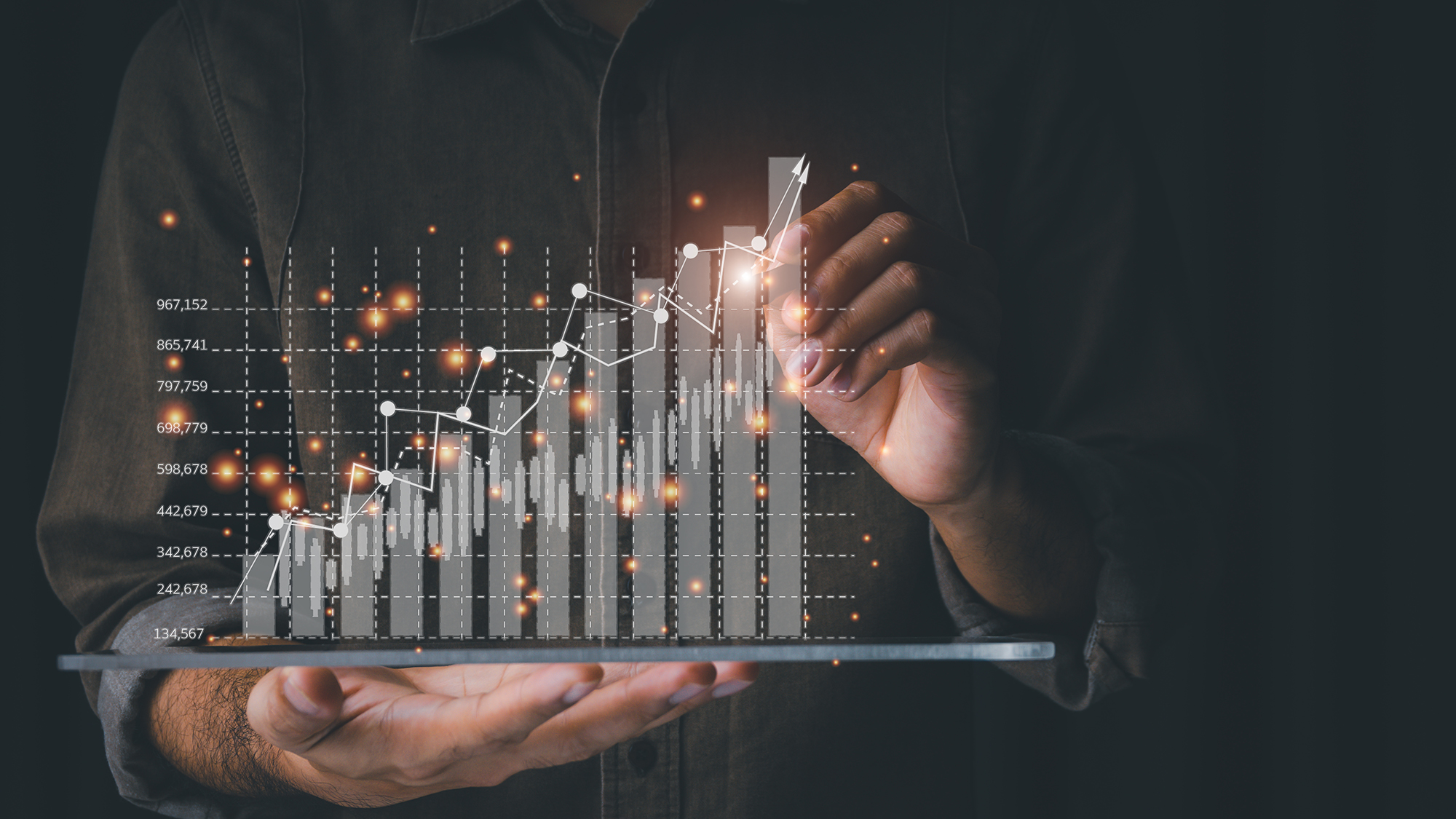IT's load of rubbish
Inside the Enterprise: Tougher EU rules on recycling are coming into force. Will bring more costs for hard-pressed IT departments?

Europe's recycling rules for electronics have been a quiet success story. Abandoned computers, printers and monitors were once a common site in city centres on rubbish collection days. Now, it is quite rare to see electronic waste left out for the dustman, or abandoned by fly tippers.
In 2010 67 per cent of e-waste was unaccounted for, or exported illegally.
The European Union's WEEE directive, which governs the disposal of electronic waste is in the process of being tightened up, with a goal of 45 per cent of all post-consumer electronic waste to be recycled by 2016, and 80 per cent by 2020. That equates to 20kg of electrical and electronic waste per person.
That goal is laudable, of course, but the impact of the legislation on the IT industry is harder to gauge. Certainly manufacturers have been prompted by WEEE and other environmental schemes such as the US Energy Star and EPEAT to make products that are easier to recycle.
Such schemes are not without their drawbacks, as the controversy over Apple's brief, and quickly reversed, withdrawal from EPEAT showed earlier this year. And as Apple pointed out at the time, such schemes do not cover tablets and smartphones, which account for a growing percentage of post-consumer electronic waste.
As WEEE spans all electrical and electronic gear, new types of technology are covered. But unlike Energy Star, it does not address the question of the energy use of the device during its lifetime, an increasingly important factor for businesses buying IT equipment.
Nor are there any direct incentives from EU governments for buying kit that complies with EPEAT, Energy Star or other green measures, such as Blue Angle, even if that kit is easier, cheaper and greener to recycle at the end of its life. WEEE simply governs the disposal of waste.
Get the ITPro daily newsletter
Sign up today and you will receive a free copy of our Future Focus 2025 report - the leading guidance on AI, cybersecurity and other IT challenges as per 700+ senior executives
And that, too, is an area where the WEEE rules are being tightened, and probably not before time. Until now, the directives covered how consumers (including businesses) disposed of their equipment, but placed fewer restrictions on what happened to that waste later.
The result was that some less scrupulous businesses sent used and recovered equipment outside the EU, where it was often dumped or broken down in a dirty and dangerous way. This practice will now be illegal, with specific rules for exporting kit that is out of warranty. According to Computeraid, a charity that reconditions IT equipment for use in developing countries, in 2010 67 per cent of e-waste was unaccounted for, or exported illegally.
Stopping such activities will take time, and almost certainly money. It will require manufacturers, and especially smaller equipment makers to put more emphasis on their "reverse supply chain" for collecting end-of-life equipment and recycling it. The cost of that, ultimately, will fall on consumers and businesses, but it is a cost that is worth paying.
Stephen Pritchard is a contributing editor at IT Pro
-
 Cleo attack victim list grows as Hertz confirms customer data stolen
Cleo attack victim list grows as Hertz confirms customer data stolenNews Hertz has confirmed it suffered a data breach as a result of the Cleo zero-day vulnerability in late 2024, with the car rental giant warning that customer data was stolen.
By Ross Kelly
-
 Lateral moves in tech: Why leaders should support employee mobility
Lateral moves in tech: Why leaders should support employee mobilityIn-depth Encouraging staff to switch roles can have long-term benefits for skills in the tech sector
By Keri Allan
-
 Beyond the upgrade: How to maximize IT investments and minimize waste
Beyond the upgrade: How to maximize IT investments and minimize wasteHow to maintain optimal performance and productivity with your fleet of hardware and stave off the next upgrade cycle for a bit longer
By ITPro
-
 Energy efficiency and sustainability demands are transforming IT strategy
Energy efficiency and sustainability demands are transforming IT strategywhitepaper How Dell Technologies innovations are leading the way in energy effiency and sustainability
By ITPro
-
 Energy efficiency and sustainability demands are transforming IT strategy
Energy efficiency and sustainability demands are transforming IT strategywhitepaper How Dell Technologies innovations are leading the way in energy effiency and sustainability
By ITPro
-
 Your guide to smarter printing: 2024 edition
Your guide to smarter printing: 2024 editionWhitepaper Making smarter printing simple for all businesses
By ITPro
-
 How to empower employees to accelerate emissions reduction
How to empower employees to accelerate emissions reductionin depth With ICT accounting for as much as 3% of global carbon emissions, the same as aviation, the industry needs to increase emissions reduction
By Fleur Doidge
-
 How much say does IT really have in sustainability initiatives?
How much say does IT really have in sustainability initiatives?ITPro Network Vendors are ready to proclaim their green credentials, but as members of the ITPro Network explain, making changes on the ground can be complex
By Jane McCallion
-
 ESG: Designing the ideal digital work experience for the next generation of innovators
ESG: Designing the ideal digital work experience for the next generation of innovatorsWhitepaper What users want, why it's critical to give it to them, and how the whole organization can benefit
By ITPro
-
 A guide to ESG reporting frameworks
A guide to ESG reporting frameworksWhitepaper Guidelines to assist with your approach to ESG reporting
By ITPro